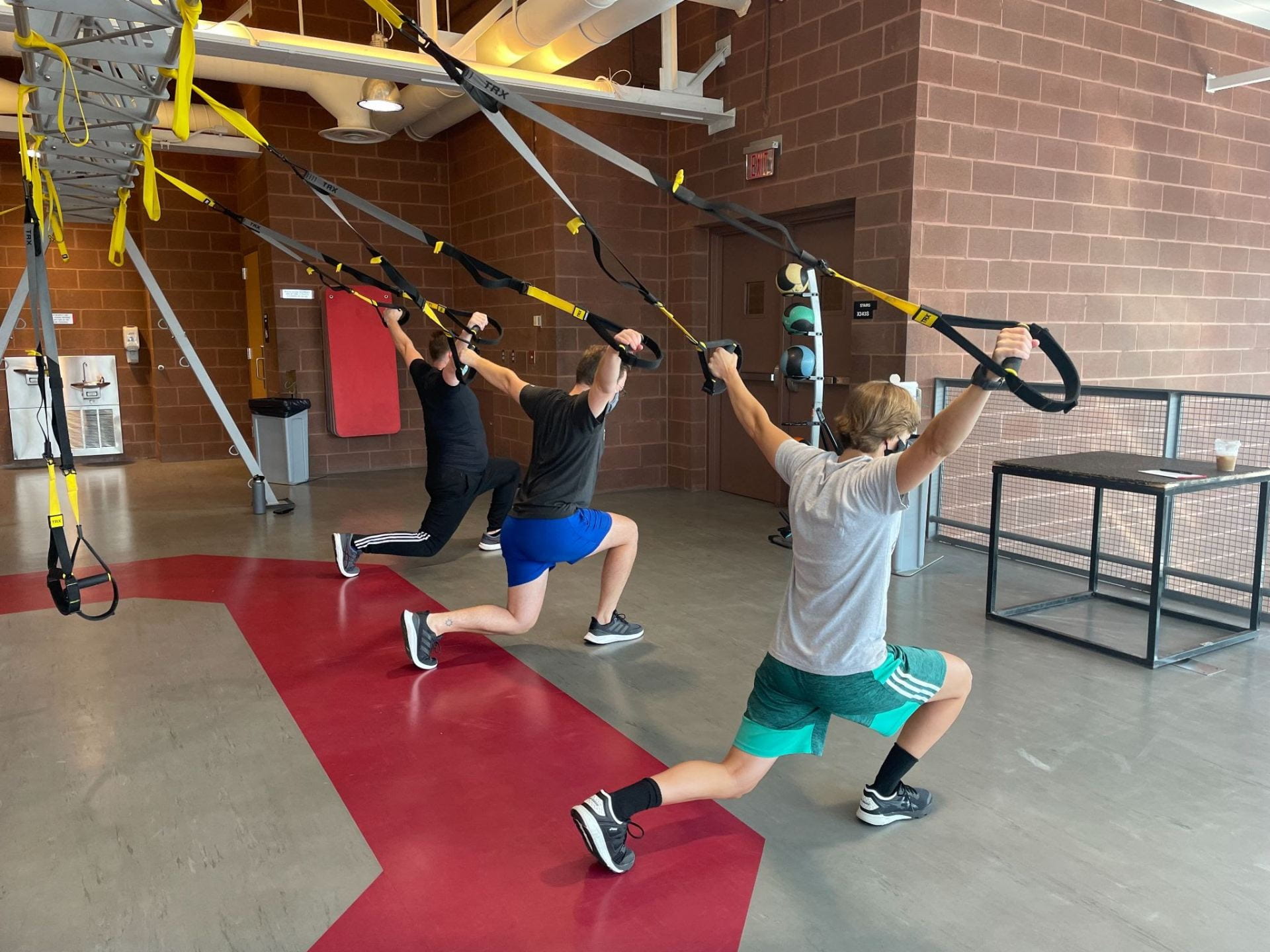
Staying fit in college can be a struggle for students who played sports in high school as they learn to adapt to the lack of structure without the sport. Credit: Courtesy of the Department of Recreational Sports.
In the U.S., most people’s athletic careers end at high school graduation.
Just 7% of athletes go on to play at the collegiate level, leaving many students with the challenge of staying fit in college without the structure and competitiveness of athletics.
Rick Petosa, a professor in health and exercise science, said this differs from some other countries where people continue playing sports into adulthood since athletics are less connected with schools. The strong connection between school and athletics in the U.S. and the lack of adult sport participants is due to the way the U.S. views and manages physical activity.
“Our whole system seems to be designed to get people to not be active rather than active,” Petosa said. “That’s the key.”
Katie Stupak, a fourth-year in communication, played soccer, golf and ran track in high school, but ever since coming to college, she has struggled to motivate herself to work out because it lacks the competitive component of high school sports.
Stupak said she rarely has downtime with school and work, but when she does, she prefers to spend it hanging out with friends, reading or just relaxing.
“I don’t find working out to be relaxing,” Stupak said.
For others, though, not being a part of athletics has offered new alternatives for fitness.
Christina Tran, a fourth-year in exercise science and a lifelong gymnast, began powerlifting during her junior year of college. She started college as an active participant in the Gymnastics Club but after suffering a knee injury sophomore year, found a new love for the gym.
Tran is now an avid gymgoer and the social chair for Ohio State’s Powerlifting Club. She also still participates in gymnastics as the meet coordinator of the Gymnastics Club. For Tran, working out is a top priority in her daily routine.
“If someone wants to go hang out … I will typically schedule that around the gym, depending on the priority of it,” Tran said.
She said on top of going to the gym, studying exercise science has allowed her to understand the benefits of working out, such as increased confidence, improved mental and physical well-being, the prevention of chronic conditions and the ability to socialize with like-minded people.
“There’s not really cons of working out,” Tran said.
Petosa said to better encourage physical activity, society needs to shift its way of thinking about it.
“Physical activity needs to become not exercise, but physical activity: a part of your life and a continuous flow from childhood to old age,” Petosa said.


